Approach - Pricing
How We Help You Improve Web Presence and Generate Quality Leads
On this page, you’ll learn everything about the biggest challenges B2B manufacturers and other companies face, and how our Digital Twin Sales and Marketing Framework can provide a solution:
Challenge: Why your sales (and marketing) can’t generate quality leads
Solution: How marketing that integrates sales solves the problem
Process: What we do to get customers to know, like, and trust you
Deliverables: What is included in our digital marketing services
Pricing: How much does it cost (and other FAQs)?
This is an in-depth page, so if you don’t have time to read it, you can watch the short summary video, or book up a time with us and we can review it with you, face-to-face.
If you’ve heard enough and want to see how we can work with you, schedule a one-on-one discovery call with us. But if you want more details on the process and pricing, read on!
Companies that sell complex products have traditionally relied on a sales team to generate leads and revenue. These include manufacturers like the steel foundry Spuncast.
Recently, however, Spuncast and Greg Whitman have seen fewer leads from cold-calling and trade shows.
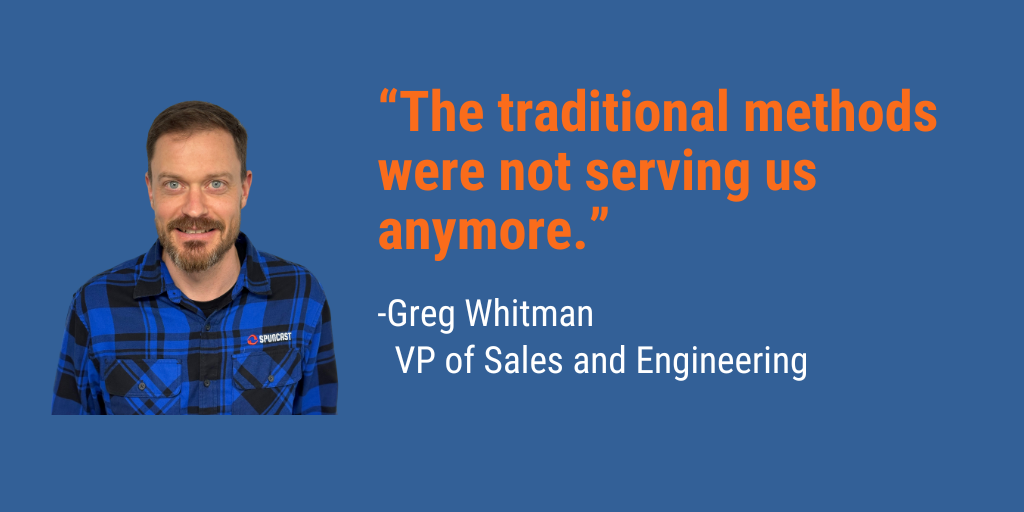
Why was Spuncast failing?
Because sales managers like Greg Whitman have always assigned salespeople to cover geographic territory. But thanks to the Internet, now you also have to be online: the Digital Territory.
More of the customer journey occurs without sales…
The Digital Territory is where your customers will start their buying journey before they reach out and contact a salesperson. Consider:
- Customers are more than halfway (57%) through the purchase process before their first meaningful contact with the seller
- 80% of sales interactions will take place online by 2025
- 17% of the total purchase journey is spent by customers talking to potential suppliers
Think about how much business gets started without you if you don’t have a presence in this space!
…but marketing isn’t picking up the slack.
The knee-jerk reaction is to assign the Digital Territory to marketing. But only 44% of manufacturers are able to generate solid results from their marketing efforts. (CMI)
A big reason why is because marketing is generating leads that sales doesn’t like or want. That’s a lot of money wasted on leads that won’t close.
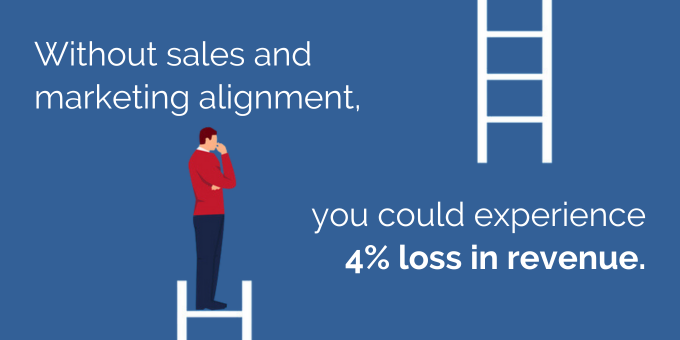
It’s why research indicates without sales and marketing alignment as part of your approach, you could experience a 4% loss in revenue.
These trends are what led us to create the Digital Twin Framework.
In manufacturing, a Digital Twin is a digital replica of a prototype or process. It functions just like the real thing, and is used to test new materials or adjusted processes.
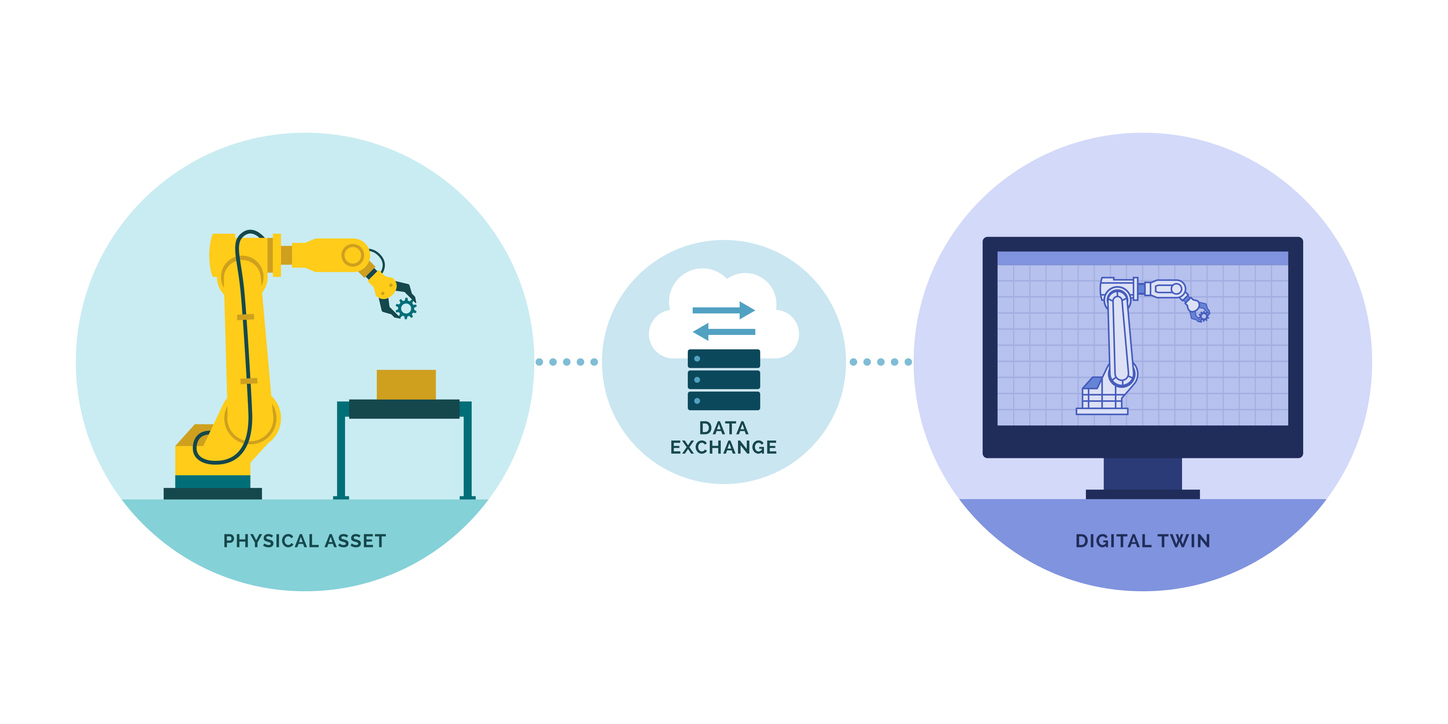
With so much of the customer journey taking place online, we thought, “Let’s use online content to make a Digital Twin of a sales team.”
We’re not creating an actual Digital Twin, like in the manufacturing sense. Nor are we replacing your sales team (this can’t be done in a complex sale.)
We’re simply creating online content — blog posts, videos, social media messages, websites — that will perform like a sales person would for those prospects searching online.

The content is meant to lead prospects to your website, where they will ultimately set up an appointment with your sales team.
If the Digital Twin has done its job, the lead will be well-informed about the product or service and ready to buy, resulting in:
- Improved lead quality
- Increased pipeline velocity
- Higher closing ratios
Ok, you’ve got the concept. Now let’s talk about the methodology we use to make it work:
1. Create a strategy document
First, based on internal feedback about your customers, your company, and your competition, we create a concise Digital Twin Sales and Marketing Strategy Document.
This is written in short paragraphs and bullet points. It’s easy to update and use as a guideline for decision-making.
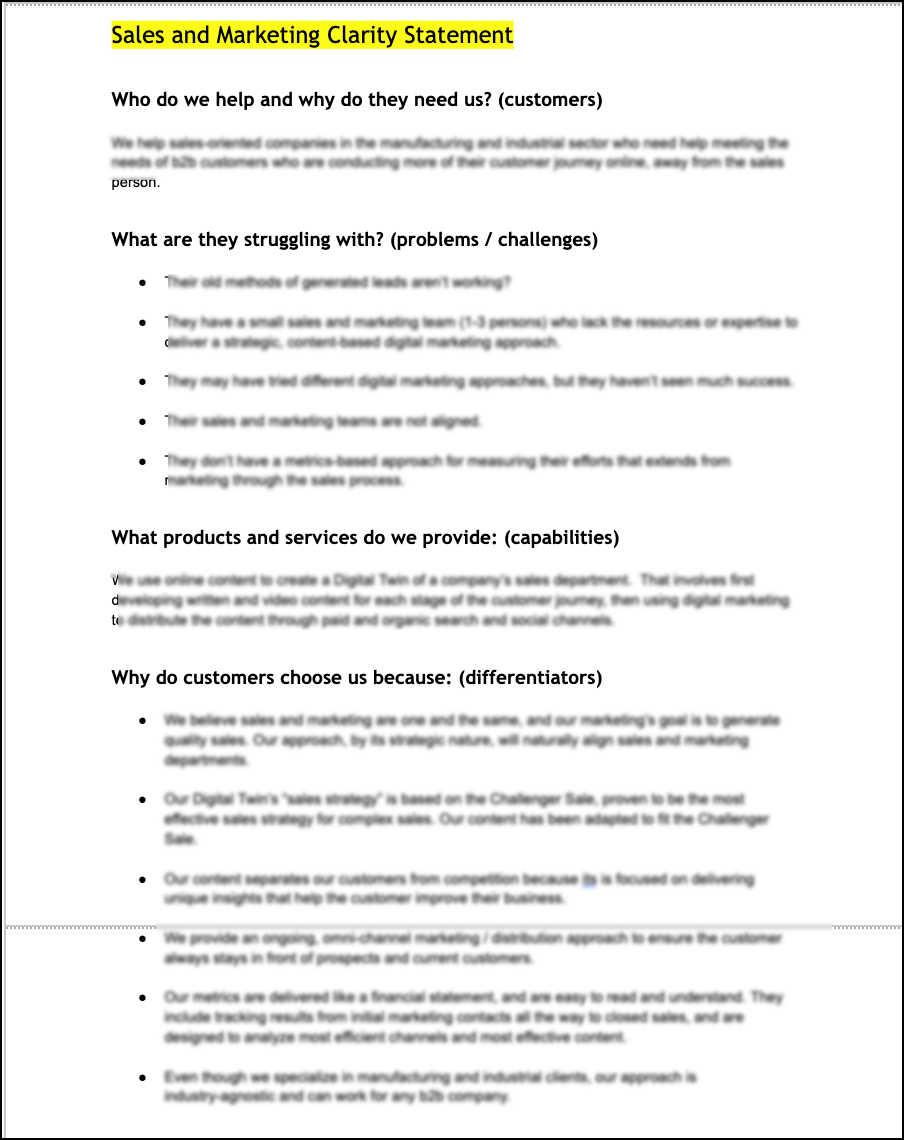
2. Generate content for each stage of the customer journey
Salespeople know that prospects will only do business with you if they: Know You, Like You, and Trust You, so we build content for each one of those stages.
Know You content: Pain
Our goal at the Know You stage is to identify the customer’s pain points. We communicate the examples of pain in a variety of formats, as everyone learns differently. They include:
- Blog posts
- Videos
- Social media posts
- Comparison charts (before and after)
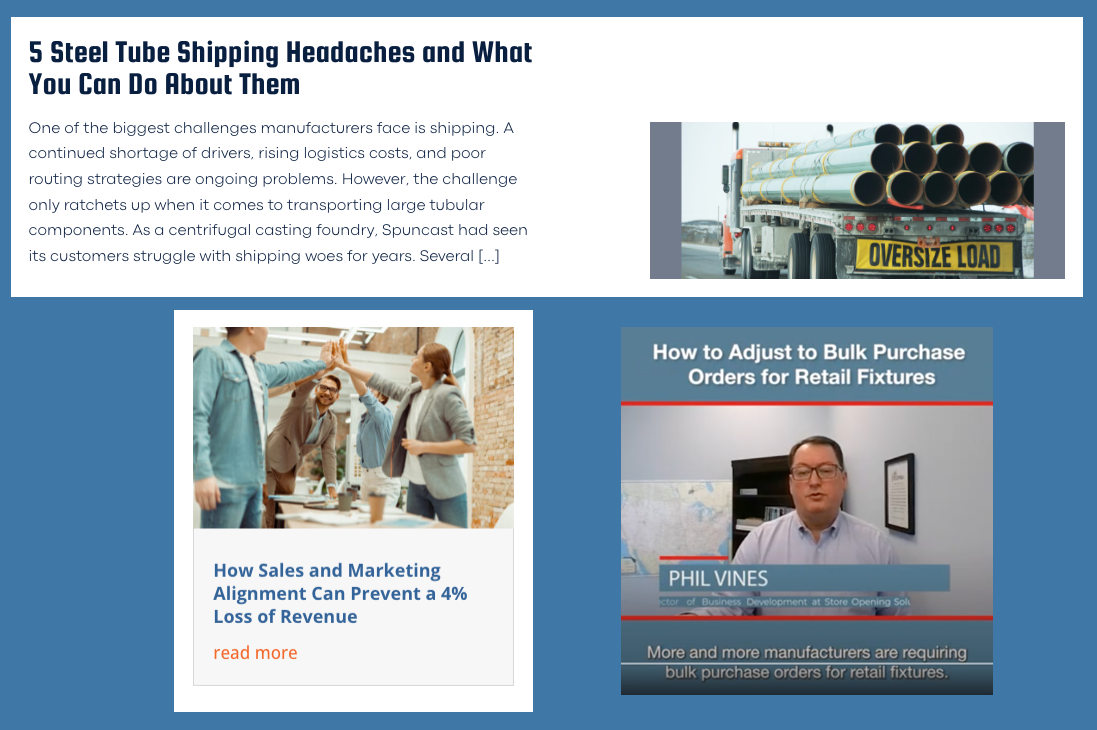
Like You content: Insights
Next, we show them how them insights that can eliminate the pain and improve their business. This content includes:
- Guides and white papers
- Online before and after calculators
- Competition comparison
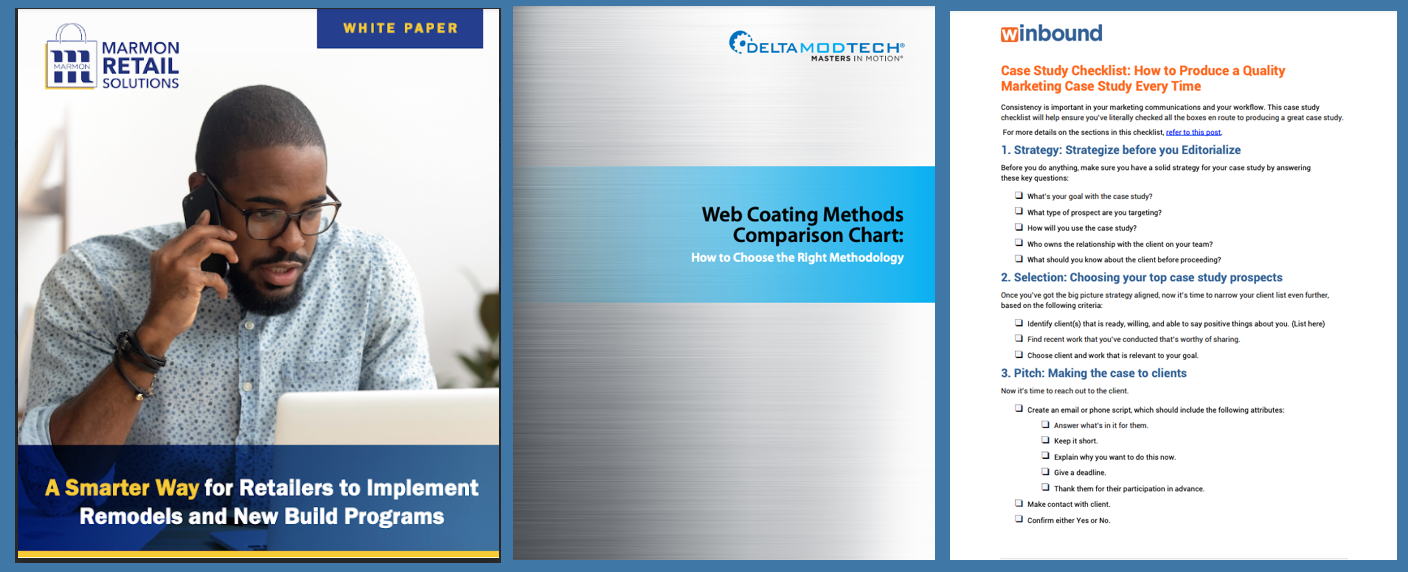
Trust You content: Proof
Nothing builds trust more than quantitative and qualitative proof that you can deliver on your promise. This content includes:
- Case studies
- Product and service webpages with performance stats
- Comparisons to competition
- Pricing webpages
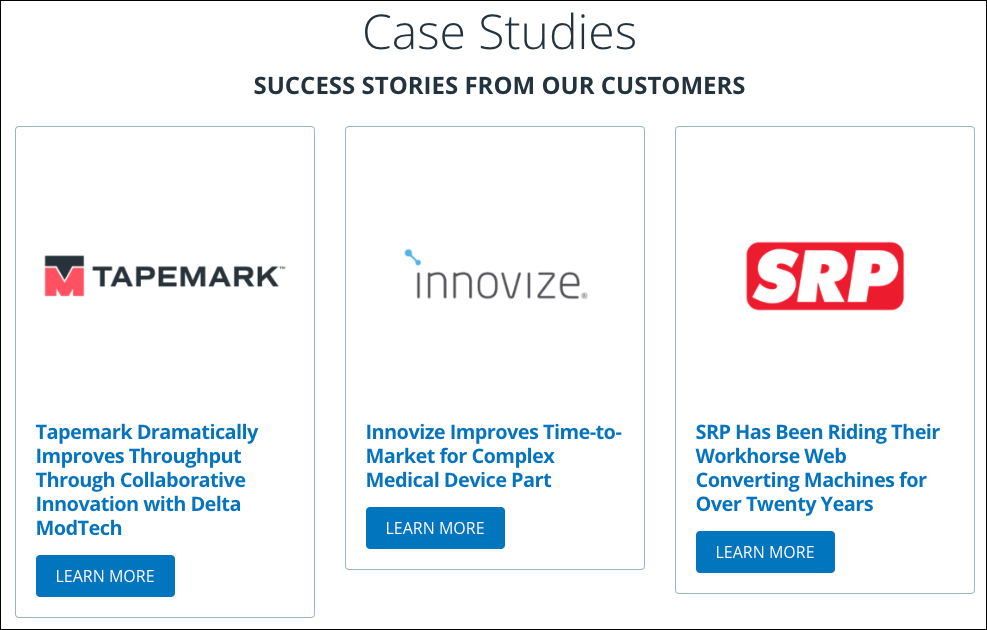
3. Use marketing to get content in front of customers
Once we have created content for the Know You, Like You, and Trust You stages, we are going to use two main marketing channels to distribute the content.
Paid
Paid means we have to pay to gain access the medium’s audience.
Advertising
We advertise on digital platforms such as Google, LinkedIn, and Facebook with a monthly budget of $1,000.
Organic
Organic means these are channels that require no fee to access, but require time and effort on the part of the user.
Search engine optimization (SEO)
SEO helps your website get found by search engines when your customers search on Google for your product name or a solution.
Social Media
Our focus is on helping your sales team use LinkedIn to generate the referral networks that ultimately will produce leads.
4. Track the Digital Twin’s performance with monthly and quarterly metrics
None of these efforts matter unless we’re effectively tracking the “performance” of the Digital Twin, and then sharing the results with your sales team. We report results in two ways.
Monthly report
Our monthly report reads like a financial statement and includes:
- Impressions (how many people our content potentially appeared in front of)
- Website traffic (how many people our marketing efforts brought back to the website)
- Leads (how many inquiries we received from the website for sales)
- Marketing qualified leads (how many of those inquiries meet sales and marketing’s definition of a lead)
Quarterly report
Every quarter, we do a deeper analysis on two key areas:
- Content: What’s working?
- Marketing: What’s the most efficient channel?
We’ve given an overview of the Process. Now let’s take a closer look at what you can expect to create a Digital Twin of your sales team.
Deliverables Summary
| Strategy | Sales and Marketing Strategy Document Onboarding Digital Setup - Analytics, Social Media, Google Channels |
| Content | Monthly 1 piece of Primary Content, which can be:
1 2:00-minute “talking head video” and 1 :30-second video 1 eNewsletter 4 social media posts |
| Marketing | Paid Advertising
Social media |
| Metrics | Monthly -Overall Results Quarterly-Content and Marketing Channel Review |
Pricing:
How much does it cost (and other FAQs)?
Winbound Digital Twin Package
Winbound offers one standard package that we’ve streamlined and developed for maximum impact. Anything less than this package lacks the content and ad budget to deliver results.
$6,000 strategy / content / marketing
This reflects the time required by our team to create the content and distribute it via marketing channels. The amount covers multiple people on your account. Instead of paying for one generalist in-house, you’re paying for the multiple specialists required to give you the complete digital marketing package.
$1,000 digital advertising budget
The $1,000 monthly advertising budget is what we need to get that content distributed and in front of your target market via digital advertising. We’ll be primarily using Google pay-per-click and display, LinkedIn, and Facebook.
Total Costs:
$6,000 strategy / content / marketing
$1,000 digital advertising budget
$7,000 total per month
Now that you know the costs, let’s answer some big questions:
How do we know if Winbound is a good fit for us?
You’ve seen our approach. But are we truly a good fit for you? The answer is yes if you are a manufacturer or a B2B company who:
- Has small (1- to 2-person) sales and marketing teams
- Has a monthly marketing budget of $7K
- Measures success by continuous improvement instead of results RIGHT NOW.
Ultimately, you want a marketing partner who will challenge your thinking and show you the way to success!
How long does the onboarding process take?
Creating and documenting your Digital Twin Framework requires at least 2 meetings with your team and Winbound, and review of the document. We can have our overall strategy ready in a month, provided the feedback and review process moves quickly.
While we’re working on the strategy, we’ll also work to ensure your current digital infrastructure is ready for action. All of the following need to be online and operational:
- Website with value proposition on home page
- Key product and service pages, search engine optimized
- Google analytics
- Paid and organic accounts set up for social media and search engines (LinkedIn, Google, YouTube)
Best Case: Your digital infrastructure is set up and we get your digital infrastructure up and running. The bulk of our time will be spent on the Strategy document, so we should be able to start marketing after 1 to 1.5 months.
Worst Case: If your website is in poor shape (and you don’t like it), and if you don’t have any digital advertising and social media accounts set up, the onboarding process will be longer. Expect 3–5 months, especially if extensive website reworking is required.
Note: We don’t do website development ourselves, but we do work with website companies.
How long will it take to get results?
It really depends on the complexity of your product. If you have a basic product that just requires a quote, you could start to see some results by the end of month two.
More complex products and services will require a longer period of time to get more messaging in front of a prospect, and to complete the Know You, Like You, Trust You sequence. This could take 6 months or longer as you build your audience and get messaging in front of them repeatedly.
Important: If you have a clearly defined target market and sales process, we see results sooner. If we’re helping you develop this from the ground up, it can take longer.
And of course, this all depends on if you have a great product that a target market wants.
How do we measure ROI?
In our first meeting, we’ll establish how much revenue we’ll need to generate in order to ensure this is a profitable investment on your part.
We can measure Return on Investment (ROI) two different ways:
- We can look at your overall revenue and determine if our lead generation is correlating to an increase in pipeline size, customers, and overall revenue.
- For clients using marketing software like HubSpot, we can get more specific in our ROI efforts and attribute it to specific marketing channels and content.
In the end, we want to deliver a profitable sales and marketing strategy that you can use as the foundation of your marketing efforts
Is your “Digital Twin” replacing my sales team?
Absolutely not. We know the salesperson is a key element in this process, which is why we stress SALES and marketing alignment.
Our goal is to make the Digital Twin content available online so that when prospects are searching for an answer, you’ll be there. The goal is to get the Digital Twin to convert the prospect into a lead for your sales team.
How many people does our team need to work with you?
We look for 1 person to be our liaison. They would have two primary roles: 1) to ensure our approach is strategically aligned with your company and 2) to act as an intermediary between us and your management team (when needed).
Typically, we work with a marketing or sales director, or a marketing coordinator. Titles may vary, but it’s anyone who needs help on all the areas listed above.
How much time is required from me?
The work hours will be heavier upfront during the onboarding process, and then become 5-10 per month for subsequent months.
Does this require a long-term contract?
No, this is a month-by-month engagement, but we highly recommend you plan for at least 6 months to a year to evaluate the program. Marketing is both an art and a science that requires trial and error, and we may need to make adjustments as we move forward. A long-term growth mindset is required.
Why is the $1,000 advertising budget separate?
This amount is paid directly to the advertising sources. The exact amount spent will fluctuate, and it’s more expedient to have you invoiced directly by the advertiser.
Schedule a call and see how you (and your competition) are performing online!
Set up a one-on-one introductory call with us, and together, we’ll review how our Digital Twin Framework can work for you. We’ll also provide you with:
- Digital metrics about your website performance vs. your competitors’
- A scored evaluation of your website content
- Your projected timeline to results with our Digital Twin framework
Send us your info and let’s schedule a call!
"*" indicates required fields
By submitting this form you agree to our Privacy Policy.
Subscribe and get all our assessment tools!
Subscribe to our monthly newsletter for sales and marketing insights, and you’ll also get access to all our research, checklists and how-to guides to help you assess your own efforts.
By submitting this form you agree to our Privacy Policy.
625 N Segoe Rd #701
Madison, WI 53705